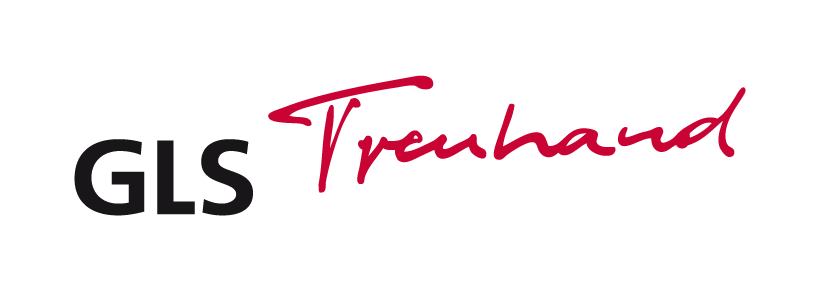Berlin Stories Fiegel family
Mommsenstraße Haus No. 6

The Fiegels were long-standing residents of Charlottenburg. For 25 years they lived in Mommsenstrasse, including at No. 6. Paul Fiegel was a wholesale seed merchant and owner of the firm founded by his father Benno. On 1 January 1919, Erna and Paul Fiegel welcomed their first and only child to the world – Bernhard.
Bernd, as he was known, started school in August 1925 at the 19th Gemeindeschule Charlottenburg, which was just round the corner in Bleibtreustrasse. Then until 1934 he attended the Kaiser Friedrich Gymnasium, which is now the European School Joan Miró.

We, Claudia Saam and Wolf Baumann, now live at Mommsenstrasse 6. Locating Naomi and Paul Fiegel in Sydney was a stroke of luck. And now we can see pictures of people that we had only been able to read about in the archives.
In 1936 – the year of the Olympic Games in Berlin – the Fiegels moved into a lovely 7-room apartment in Mommsenstrasse 6.
In a sworn statement to the Berlin Office for Compensation dated 27 January 1961, Erna Fiegel declared: “When we moved into the new apartment, we had all the fittings prepared by the architect Max Lewy, Berlin-Zehlendorf West, Beerenstrasse 20A; materials, carpets, and curtains were from the Gerson company, Berlin.”

As a sports enthusiast, 17-year-old Bernd visited the Olympic Games in Berlin in 1936. In his diary he wrote on 1 August: “It is very emotional for me. The terrible awareness of being fully excluded from German sport.”

Under pressure from the Nazi-authorities, Paul Fiegel was forced to sell his company on 1 July 1937, leaving him without any income. Following the anti-Jewish terror of the Kristallnacht in November 1938, the Fliegels decided they had to leave. In June 1938, Bernhard had moved to Gouda in the Netherlands, where he worked in the State Testing Institute for Ceramic Products. Erna and Paul Fiegel booked passage on the steamer DSS Slamat, which left Rotterdam on 10 June 1939 for Colombo. From there, they sailed with the SS Srathallan and arrived in Durban on 8 November 1939. Travelling by plane, Bernhard landed on the same day in Darwin. Reunited in Sydney, they began a new life. But things were not easy. Paul Fiegel worked as a labourer in order to feed the family.

On 1 October 1943, Bernhard Fiegel joined the Australian Army – an occasion for a photograph of mother and son. Five months after the end of the WW II, he became an Australian citizen and in 1946 he opened a ceramics business in Ashfield, Sydney. His mother helped out.

Bernhard Fiegel’s children Naomi and Paul are enthusiastic about DENK MAL AM ORT and are travelling to Berlin from Sydney in May to commemorate their father and grandparents – in the apartment of Wolf Baumann and Claudia Saam in Mommsenstrasse 6.
Tribute will also be paid to the Isaacsohn family and the Selten family. They were neighbours in Mommsenstrasse 6 until they were deported.



